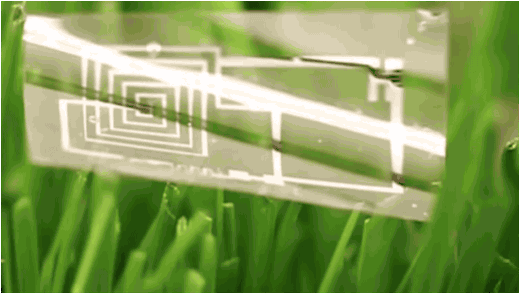If there was one moment in the history of time that truly changed the course of humanity, it was the invention of computers and then the internet, wait that’s two moments. Anyways, it is safe to say that thanks to the both of them, we became a part of the information era, with the knowledge from around the world at your doorsteps or fingertips to be more precise because I can’t remember the last time I used my laptop or PC at the door.

Along with this amazing technologies came the burden of E-waste. Did you know that 50 million metric tons of E-waste is produced each year worldwide? The electronics that are disposed off contain 60 million dollars worth of gold/silver only in North America!

Due to alarming rates of E-waste production, new recycling methods are being invented. However, scientists from Stanford University, the University of California at Santa Barbara, and the computer manufacturer Hewlett-Packard claim that they might be able to help with E-waste by making the circuits Biodegradable. Somebody is a Mission Impossible fan, huh? The claim relies on the production of semiconductor created from the base of cellulose, which has already been accomplished.

The cellulose found in the plant fibers along with carbon-based compounds and iron based electrodes will formulate the semiconductor. The only thing that needs to be done when the semiconductor has completed its purpose is to add some Vinegar. Vinegar ladies and gentlemen! is the kryptonite of these biodegradable circuits, which means that the semiconductor will become solvable even with a mild pH acid.
“Using an ultrathin biodegradable substrate, we successfully fabricated polymer transistors and logic circuits that show high performance and are ultra lightweight, but they can be fully disintegrate-able,” the Journal Proceedings of the National Academy of Sciences published the statement by the team.
The circuits built using this semiconductor may not be as capable yet or cost-effective, however, in three to four years time, it can be developed enough to be commercially deployed.
The discovery of the solution makes us hopeful that such circuitry will be environment-friendly, easy to dispose off and hard to trace, making them effective in security and surveillance applications, free from the need to properly destroy the devices once used.


